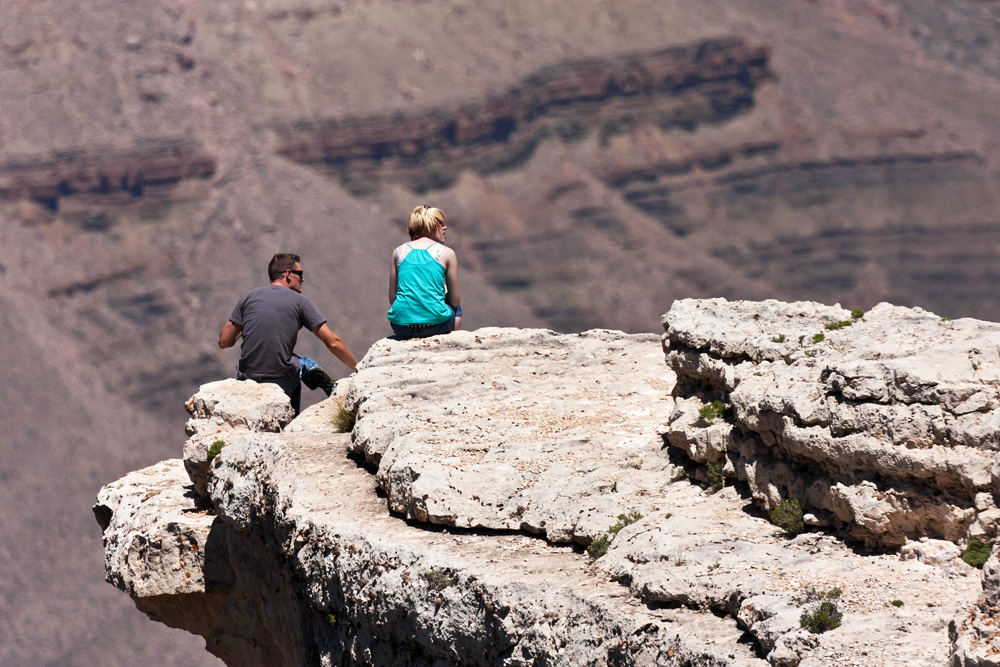Love feels magical and biological—something that just happens to us, something beyond our control. Research shows, however, that love is better thought of as behavioral—or even transactional. Yes, hormones play a role, but much more important is how we act with the object of our affection. We do certain things, and those actions foster the emotions we associate with being in love. According to researcher Barbara Fredrickson, author of Love 2.0, we create our feelings of love, day after day. Or we don’t create them, and love fades.
So what actions lead to love? Here are three – in honor of Valentine’s Day – all based on fostering vulnerability. Before you run for the woods, hear me out. Yes, vulnerability can be uncomfortable because it involves, by definition, emotional exposure, uncertainty, and risk. But vulnerability allows trust and intimacy to develop and deepen, creating strong feelings of connection and love.
Action #1: Take a risk together.
Researchers think we tend to unconsciously conflate the high-arousal induced by doing something risky with the high-arousal of intense attraction—the two states feel similar. This creates a similar biochemistry and physiology as when we are first falling in love.
This Valentine’s Day, go straight for that adrenaline rush by doing something risky. Venture to an unknown place that feels a little daunting. Visit a karaoke bar, and actually sing. Try a new sport, one where you risk feeling silly or uncoordinated.
Action #2: Get naked…emotionally.
What can you reveal to your partner that he or she doesn’t already know about you? Ask your date intimate questions to which you aren’t sure you know the answer. We come to like people more when we engage in escalating, gradual back-and-forth “personal self-disclosure.”
Love comes from action, not waiting to be adored. Share on X
Researchers have long been able to create profound feelings of being in love through self-disclosure (even between strangers!). Check out the 36 questions that Arthur Aron and his colleagues used to do this in the lab. And don’t forget: How you respond when your partner is making him or herself vulnerable is also important. (Hint: turn off your phone and pay attention.)
Action #3: Gaze into each other’s eyes.
Directly, for four full minutes. Set a timer. Don’t talk. Breathe. Relax.
This technique has been widely cited as a part of the experiment by Arthur Aron and pals—though I haven’t been able to find reference to it in a published study. Still, this seems like a very solid tactic for creating feelings of intimacy and love.
Stanford researcher Fred Luskin has people do this in his workshops, and it definitely creates big feelings of vulnerability. (Which is good, remember. The exposure is terrifying, but that is what we are after here.)
Take Action: Choose one or more of the three actions above to do with your Valentine and then make a plan for making it happen.
Join the Discussion: What other ideas do you have for making yourself vulnerable in the service of greater intimacy and connection?
* * * * *
If you want more intimacy in your key relationships, you will love my eCourse, The Science of Finding Flow! Enroll now for $99 using the coupon code FLOW99. This is a steal, friends–that’s more than half off! Enroll here.
Photo by James Marvin Phelps

